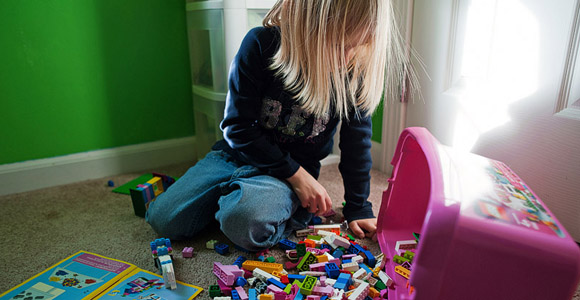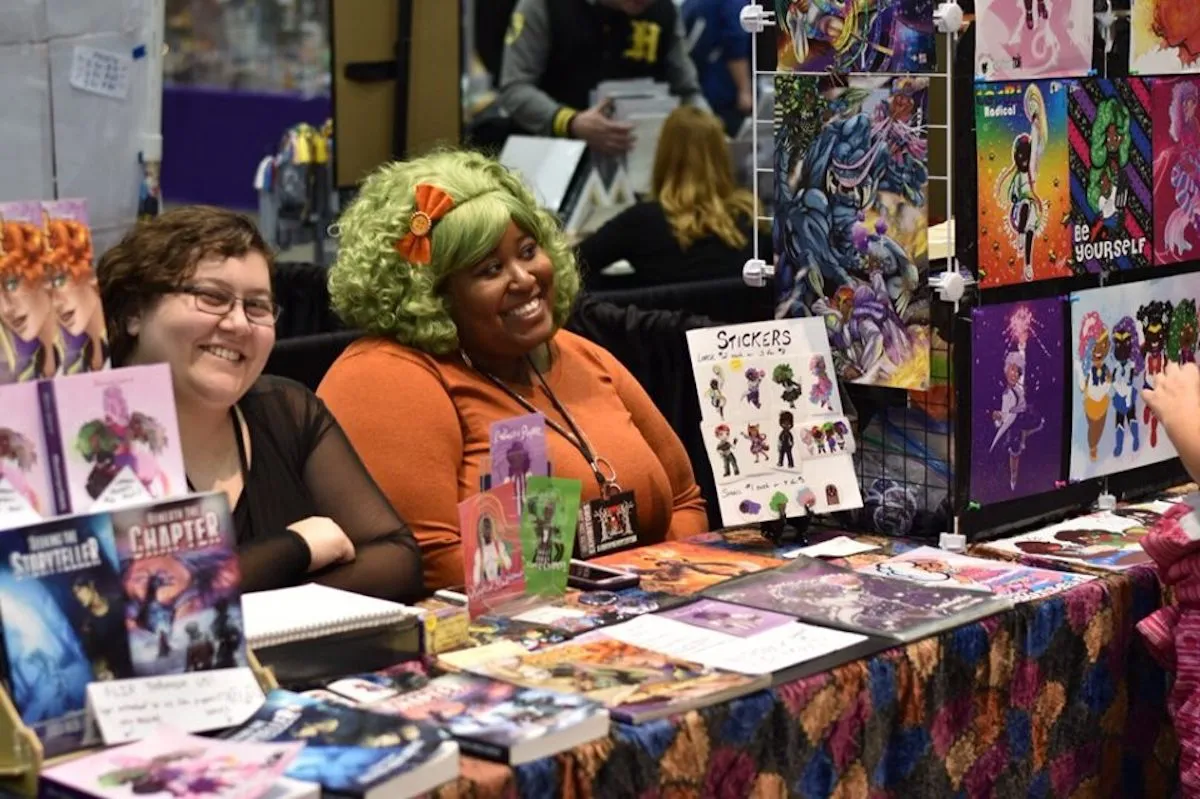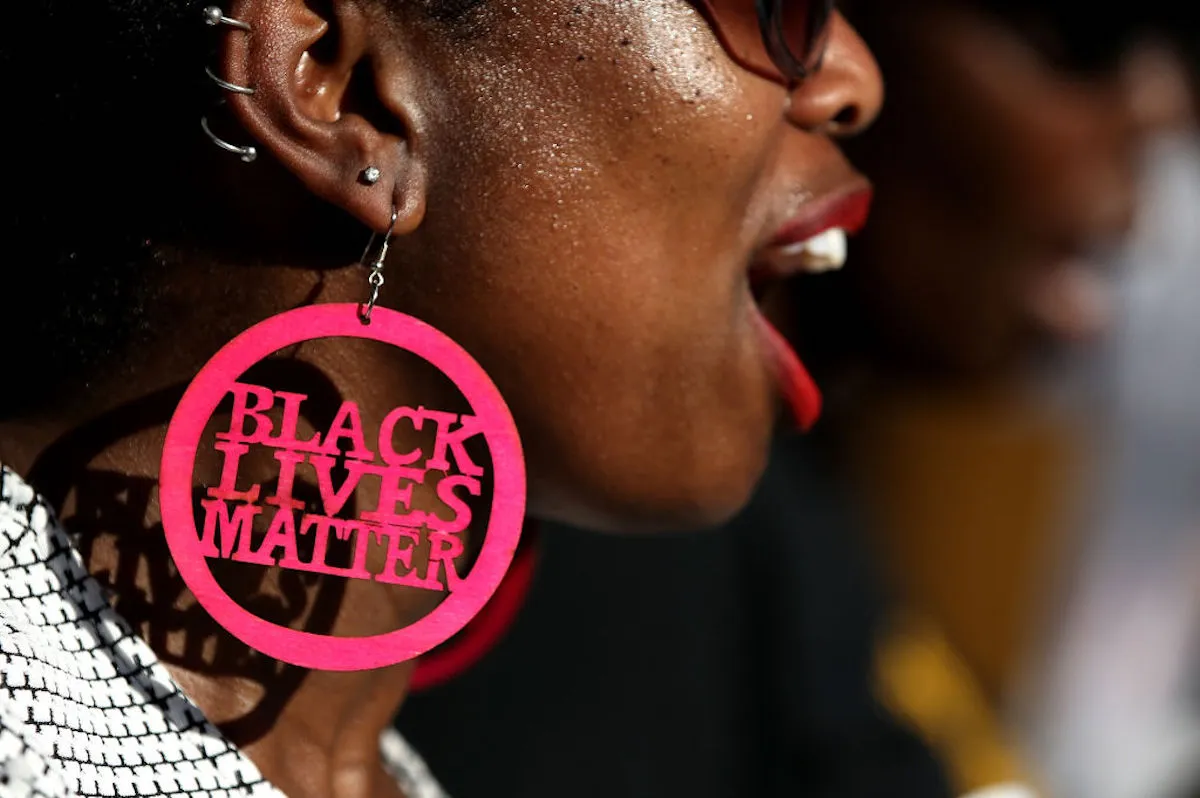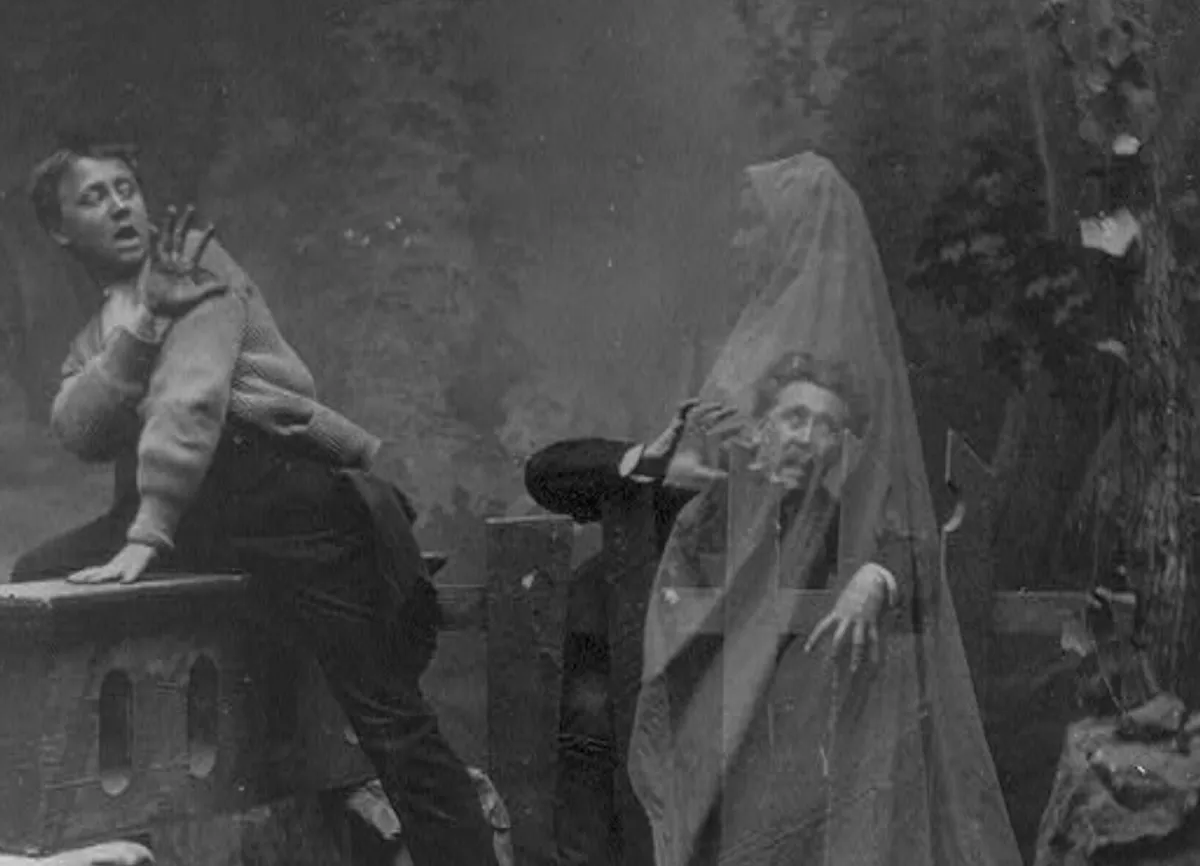Gender specific toys have been in the news lately, partly due to Lego’s new “Friends” line for girls but two recently articles have brought up a few more points. Such as, do they harm children for their future adulthood and do they have a positive purpose or are they only created to make more money?
Lyn Mikel Brown, Professor of Education, Colby College, writes on the subject for Huffington Post thanks to the Lego controversy:
In truth, LEGO may very well get a larger market share if they have two separate lines of products. “Unisex” and “gender neutral” are blasphemy to a large percentage of parents, who are quick to point out that girls and boys play differently. But as neuroscientist Lise Eliot explains, “boy-girl differences are not as ‘hard-wired’ as many parents today, imbued with the Mars/Venus philosophy, believe.” The human brain is “fantastically plastic” and the best thing we can do for our children is to give them a full range of opportunities and experiences, especially in the early years. We don’t know at five how little Tierra’s or Tommy’s passions and talents will surface, so why pay good money to limit their options to the pink and blue aisles of toy stores?
She also echoes what I’ve said in the past, “LEGO, of course, already has a perfect product for girls. It’s called LEGO, and all they need to do is invite girls to play. That’s actually pretty easy. Add more female characters to the existing products and include girls in the existing marketing campaigns. The brilliance of LEGO is the opportunity for creative play and all young children will grab that opportunity if it’s offered with enthusiasm.” Sort of a “build it and they will come” scenario, no? She also said, “After marketers have carpet-bombed a pink, appearance-obsessed consumer version of girl power via every conceivable media outlet for the past decade, did you really expect to hear little girls express a desire for anything else?”
Peggy Orenstein writes for the New York Times, citing a very interesting reaction in Britain. “Hamleys, which is London’s 251-year-old version of F.A.O. Schwarz, recently dismantled its pink ‘girls’ and blue ‘boys’ sections in favor of a gender-neutral store with red-and-white signage. Rather than floors dedicated to Barbie dolls and action figures, merchandise is now organized by types (Soft Toys) and interests (Outdoor),” she wrote. “That free-to-be gesture was offset by Lego.”
And that’s huge. Why? Because although many studies have been done on this topic, a big factor of the continuation of gender-specific toys is our simply own societies views. Our ideas as a whole must be updated before we can expect marketing to follow through. So right now, the best we can ask from toy companies is that they not perpetuate gender stereotyping and what Hamley’s has done is just that.
But, as Orenstein points out, “Among the ’10 characteristics for Lego’ described in 1963 by a son of the founder was that it was ‘for girls and for boys,’ as Bloomberg Businessweek reported. But the new Friends collection, Lego says, was based on months of anthropological research revealing that — gasp! — the sexes play differently.”
Orenstein continues:
At issue, then, is not nature or nurture but how nurture becomes nature: the environment in which children play and grow can encourage a range of aptitudes or foreclose them. So blithely indulging — let alone exploiting — stereotypically gendered play patterns may have a more negative long-term impact on kids’ potential than parents imagine. And promoting, without forcing, cross-sex friendships as well as a breadth of play styles may be more beneficial. There is even evidence that children who have opposite-sex friendships during their early years have healthier romantic relationships as teenagers.
Traditionally, toys were intended to communicate parental values and expectations, to train children for their future adult roles. Today’s boys and girls will eventually be one another’s professional peers, employers, employees, romantic partners, co-parents. How can they develop skills for such collaborations from toys that increasingly emphasize, reinforce, or even create, gender differences? What do girls learn about who they should be from Lego kits with beauty parlors or the flood of “girl friendly” science kits that run the gamut from “beauty spa lab” to “perfume factory”?
It’s not that girls don’t like pink or shouldn’t like it, it’s that all options should be presented equally to all sexes. But of course, money is a huge factor in all this and unless companies are 100% sure they’ll get parents to buy one product for both their sons and daughters, they’ll give you two very different ones to buy instead.
(via NY Times and Huffington Post)
- Little Girl Objects To Being Sold Pink Princesses
- Girl Scouts Represent Robot-Building Girls In The First Lego League
- Online Lego Options Prevent You From Choosing A Girl’s Name








Published: Dec 30, 2011 04:18 pm